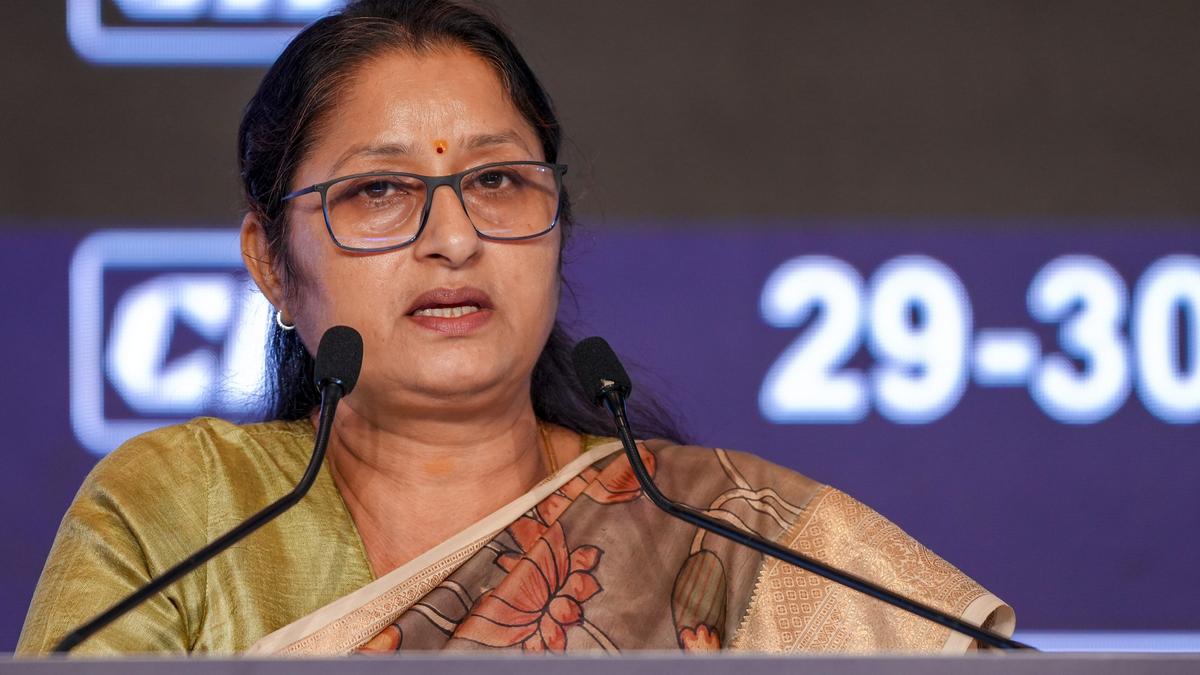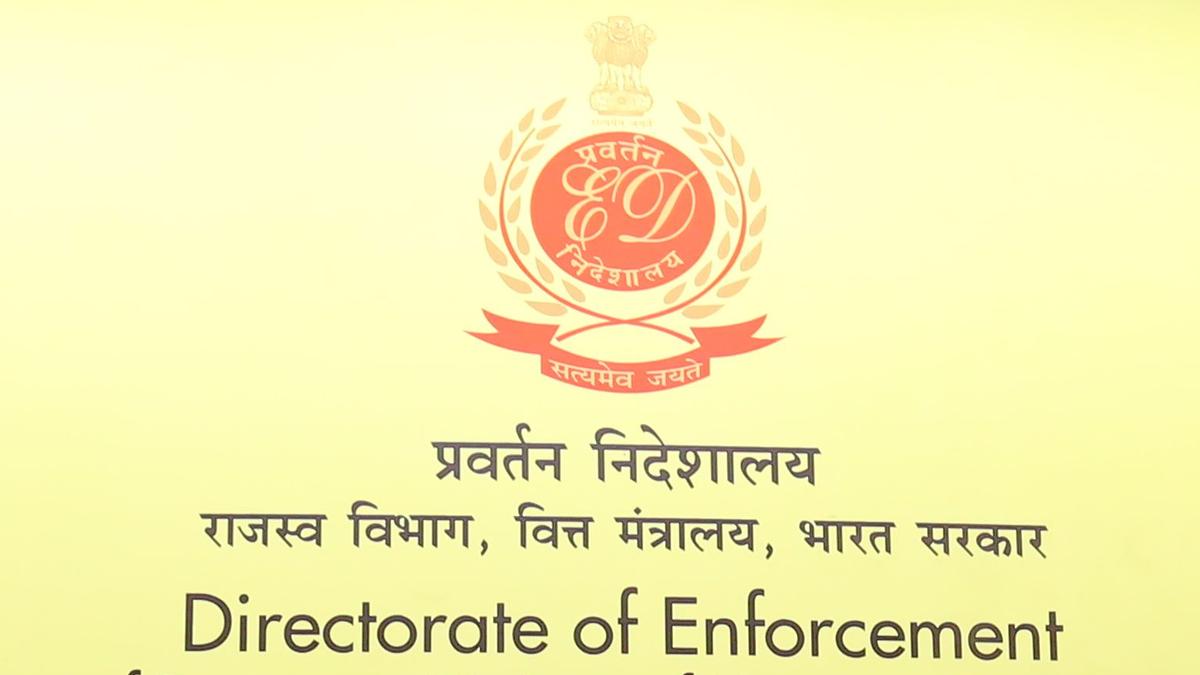Now Reading: Centre to Launch Biometric Registration for Poshan 2.0 on August 1
-
01
Centre to Launch Biometric Registration for Poshan 2.0 on August 1
Centre to Launch Biometric Registration for Poshan 2.0 on August 1

Swift Summary
- Union Minister for women and Child Development,annpurna devi,announced biometric authentication for beneficiary registration under the Poshan 2.0 scheme from August 1, aiming to improve targeting and service delivery.
- Digital tools like a face recognition system under Saksham Anganwadi are set to enhance transparency and governance.
- poshan 2.0 integrated nutrition support initiative targets children, adolescent girls, pregnant women, and lactating mothers.
- The Union Budget for 2025-26 allocated ₹4.49 lakh crore for the program across 273 schemes by 49 Ministries focusing on gender-inclusive governance.
- Capacity-building efforts include learning modules on the iGOT Karmayogi platform for field workers nationwide.
- States and UTs were urged to strengthen grievance redressal mechanisms, boost digital literacy among youth beneficiaries, and ensure timely delivery via Anganwadis; feedback channels like a proposed interactive Poshan Helpline were also highlighted.
- Aadhaar-enabled Direct Benefit transfers under Pradhan Mantri Matru Vandana Yojana are being leveraged as a transparency mechanism alongside real-time tracking facilities through the Mission Vatsalya portal.
Indian Opinion Analysis
The announcement of biometric-based registration under Poshan 2.0 reflects India’s ongoing commitment toward leveraging technology for targeted social welfare programs. By integrating digital tools such as Aadhaar authentication and face recognition technologies in initiatives like Saksham Anganwadi, the government aims to address both systemic inefficiencies in service delivery and potential corruption risks-critical steps given the scale of beneficiary coverage envisioned in this programme.
The significant budgetary allocation underscores India’s focus on gender-inclusive development but also raises questions about effective multi-Ministry coordination due to its vast scope across various schemes. If successfully implemented with robust feedback mechanisms such as an interactive helpline or grievance platforms at local levels-as emphasized-the initiative could significantly bolster maternal health outcomes while empowering adolescent girls with digital literacy skills that align with broader developmental goals.
However, effective execution will rely heavily on local stakeholder participation across States/UTs-a sentiment echoed during zonal discussions attended by senior officials showcasing best practices. Bridging implementation gaps remains vital in ensuring targeted benefits reach India’s most vulnerable communities equitably.
Read More: [Link Not provided]





















